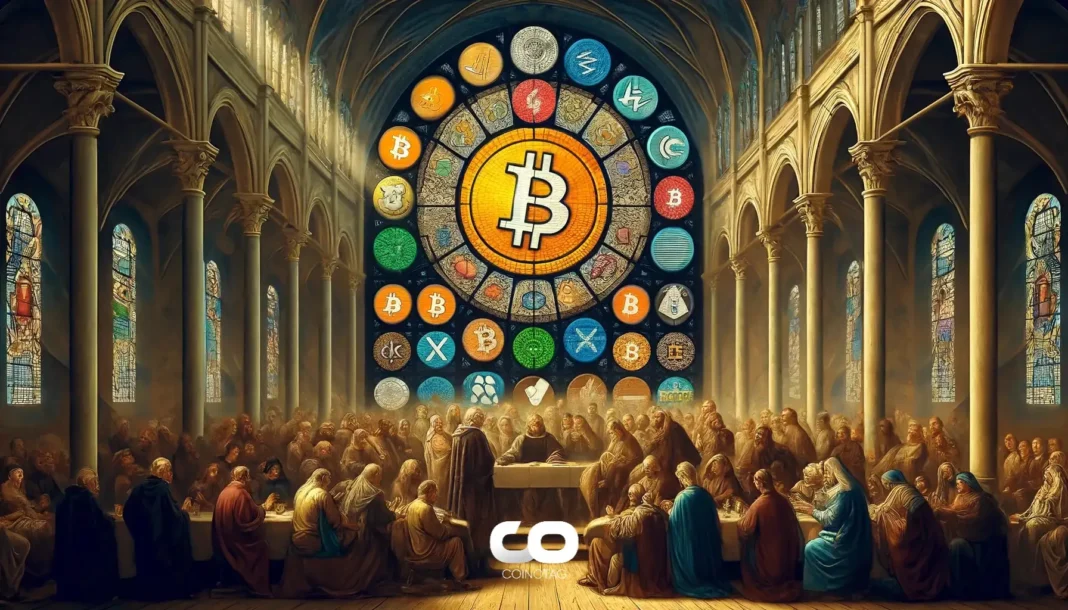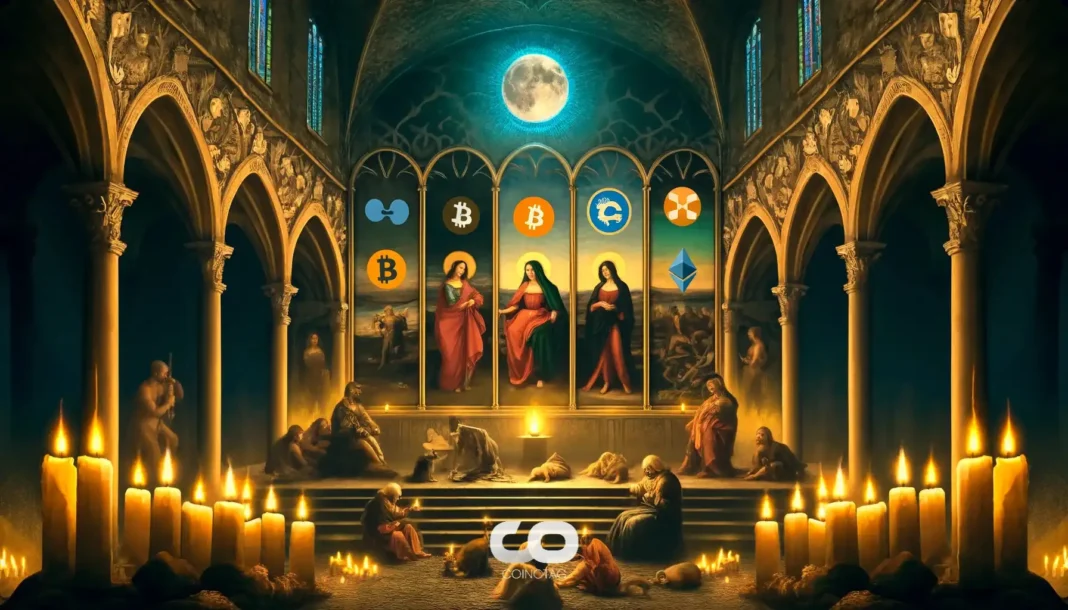- On-chain governance is poised to revolutionize Cardano, the well-regarded proof-of-stake blockchain known for its meticulous approach to development.
- This innovative mechanism allows ADA holders to participate in steering the platform’s future through voting on proposals.
- “Quick improvements ensure the system remains competitive and relevant,” says Cardano founder Charles Hoskinson, emphasizing the agility that on-chain voting brings.
Cardano’s on-chain governance introduces a new era of decentralized decision-making, empowering ADA holders to directly influence the platform’s direction.
Shaping the Future with On-Chain Voting
In the dynamic landscape of blockchain technology, maintaining relevance requires both speed and adaptability. Cardano’s on-chain governance system is designed to streamline decision-making processes, allowing for swift adjustments that keep the platform competitive. Charles Hoskinson, the founder of Cardano, highlighted that the system’s primary advantage is its ability to facilitate quick and effective improvements.
Beyond Technological Changes
On-chain governance isn’t just about technical upgrades; it influences branding, marketing, and even research funding. For instance, ADA holders could vote to finance decentralized security projects or support blockchain educational programs. This broader impact underscores the versatile nature of on-chain governance and its potential to address diverse facets of the ecosystem.
Major Milestones in Development
Introducing such a comprehensive system is complex, particularly when catering to a globally distributed and diverse community. Cardano spent two years developing its on-chain governance framework, culminating in CIP 1694, named after Enlightenment thinker Voltaire. This proposal aims to balance efficiency, effectiveness, and integrity in governance decisions.
Implementing CIP 1694
CIP 1694 presents a structured approach to achieving what is termed as the “governance trilemma,” which involves finding an optimal balance between quick decision-making and maintaining high ethical standards. Charles Hoskinson acknowledges the challenges of this balancing act but remains optimistic about the proposal’s potential to provide a sustainable solution.
Cardano’s Digital Constitution
Cardano’s governance model goes beyond simple voting mechanisms by introducing a blockchain constitution—a formal set of guidelines ensuring fair and open participation for all members of the ecosystem. This constitution serves as a foundational governance layer, providing robust protection for individual rights within the ecosystem.
A Hybrid Governance Model
The governance framework incorporates a mix of elected representatives and a “liquid democracy” model. ADA holders can delegate their voting power to trusted representatives (dReps) while retaining the freedom to revoke this delegation at any time. This approach ensures that expert opinions can address complex issues, while also preserving the ability for individual ADA holders to exert direct influence.
Challenges and Community Engagement
Despite its innovative approach, effective on-chain governance faces hurdles such as voter apathy, the influence of major token holders, and the complexities of voting on technical proposals. Cardano is committed to mitigating these risks through community engagement initiatives like workshops and extensive testing phases. The industry is closely monitoring Cardano’s progress as it prepares to activate its final node version, which will make on-chain governance a reality.
Market Implications
As of the latest update, Cardano (ADA) was trading at $0.38, marking a slight increase of 2.5% over the past 24 hours, although it has seen a 7.3% decline over the past week. While short-term price fluctuations may not be directly linked to the rollout of on-chain governance, successful implementation is expected to boost investor confidence and potentially lead to a long-term price rise.
Conclusion
Cardano’s initiative for on-chain governance underscores its commitment to creating a community-driven decision-making framework. Although challenges remain, the platform’s proactive approach to engaging its community and refining its governance model suggests a promising future. With the potential to set new standards for blockchain governance, Cardano’s journey will be closely watched by industry stakeholders and enthusiasts alike.







